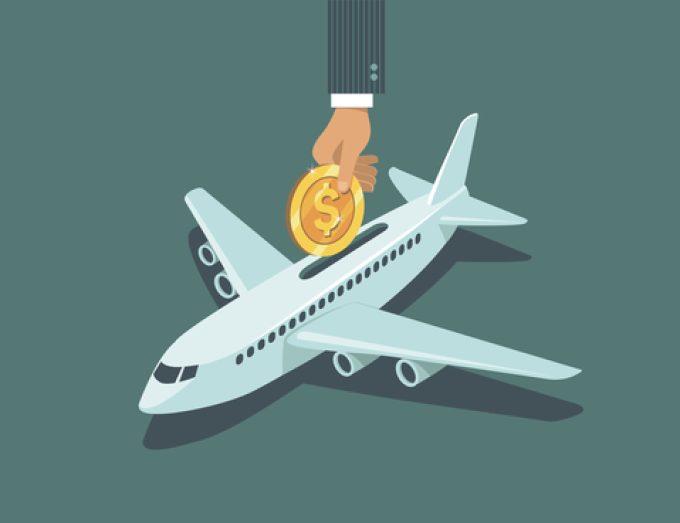
Airfreight rates from Asia continue to climb; however, the market remains stable and well-prepared, mitigating any potential disruptions
2 months ago
Airfreight rates from Asia continue to climb; however, the market remains stable and well-prepared, mitigating any potential disruptions

Freight forwarders and data analysts are noting a steady increase in airfreight rates out of Asia, which are anticipated to reach new heights by the end of November. However, the market is not bracing for an extreme peak this year.
In the last week of October, global air cargo spot rates saw a 5% increase compared to the previous week, with rates from the Asia-Pacific region climbing 3%, Europe experiencing a 7% rise, and Central and South America seeing an 8% uptick. Despite these increases, overall global tonnage has remained flat, according to WorldACD.
Currently, spot rates are 22% higher than the same time last year, with the Asia-Pacific region showing an even greater increase of 27%. Meanwhile, rates from the Middle East and South Asia have surged by 78% year-on-year.
A forwarder based in Shanghai commented on the situation: “Rates have been rising weekly. While there is some congestion, it’s not the worst we’ve encountered. Currently, there’s about a week’s delay from booking to delivery. I expect airfreight rates to continue climbing over the next few weeks, potentially reaching around $7 per kg to Europe, with the peak lasting until the end of November.”
This forwarder also estimated that e-commerce constitutes approximately 55% of the volumes being shipped, noting a decline in high-tech shipments compared to previous periods. They acknowledged the challenge of navigating the fluctuating spot rates, but Niall van de Wouw, head of airfreight at Xeneta, indicated that the industry is improving its ability to manage this volatility.
“What we’re witnessing in the air cargo market reflects a growing capability among shippers, freight forwarders, and airlines to handle disruptions and process volumes with less turmoil around rapidly escalating rates. Over the long term, this stability benefits all parties involved.”
Van de Wouw pointed out that this year’s market maturity is a result of better preparedness among airlines and clearer operational guidelines between shippers, forwarders, and airlines, fostering stronger relationships and benefiting consumers.
While rates remain elevated compared to a year ago, despite robust demand, rising load factors, and only modest supply increases, they are not spiraling out of control. Industry players have learned valuable lessons and are now seeking healthy, reasonable rates on both sides of the market.
Cathay Cargo echoed this sentiment, with Wendy Ge, head of cargo for the Chinese mainland, commenting on the current market conditions. “Earlier in the summer, we anticipated a very busy peak period and had prepared for it with advanced peak space agreements. Therefore, it was surprising to see minimal demand spikes right before Golden Week. However, other factors played a role, such as an oversupply due to freighter charters arranged by major e-commerce companies, which tempered the pre-holiday surge.”
Ge also noted that the air cargo sector remains active, having recorded nine consecutive months of year-on-year growth by early October. In week 43, tonnages from Hong Kong to Europe surged by 30% compared to early August and were up 29% year-on-year, as reported by WorldACD.
In that same week, spot rates from Hong Kong to Europe rose another 3%, reaching $5.33 per kg, marking their highest level this year and an 18% increase from last year. Conversely, air cargo volumes from Asia to the US are somewhat subdued, sitting about 20% lower than September figures, with spot rates still 39% higher than last year at $6.41 per kg, and rates from China to the US at $5.13, reflecting a 14% increase year-on-year.
Source: The Loadstar